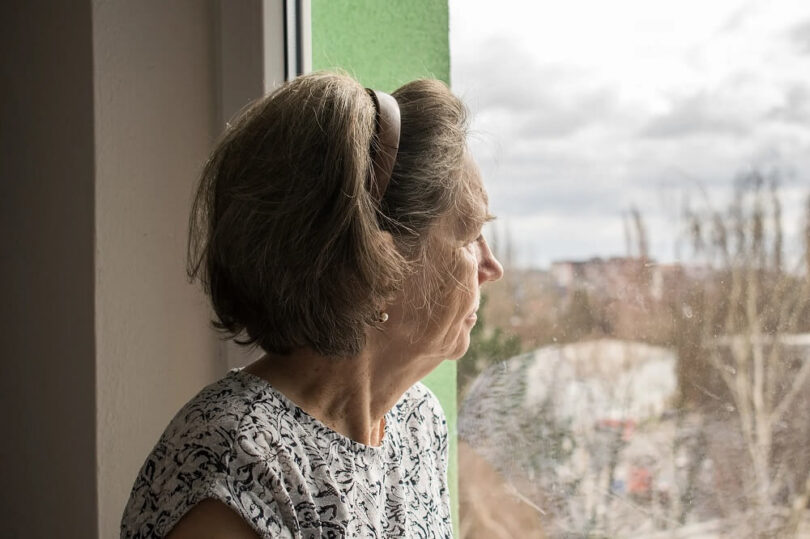Nearly half of American retirees fear loneliness and isolation, according to the U.S. Census Bureau.[1] And with good reason! They spend twice as much time being alone than younger adults[2], thanks in large part to conditions outside their control such as declining mobility, hearing loss, memory loss, loss of family and friends, living alone, and more.
While loneliness and social isolation are not necessarily the same, social isolation – the lack of interaction with others – often leads to the distressing feeling of loneliness, that is, being alone and neglected.
Loneliness Takes Its Toll
Loneliness can take a heavy physical and mental toll on older adults, according to the National Institute on Aging, including increased heart disease risk, depression, and cognitive decline[3]. According to an article that appeared in Prospectives on Psychological Science, “loneliness “ has been found to be as harmful as smoking 15 cigarettes a day and can increase risk of premature death as much as 30%.[4]
On the flip side, seniors in poor health are often more likely to be socially isolated and lonely! As a result, those lonely, socially-isolated people tend to get too little exercise, drink too much alcohol, and often do not sleep well – all of which contribute to increased risk of severe health conditions, such as high blood pressure, obesity, anxiety, depression and even dementia.
Get the picture here? It can become a vicious cycle!
Helping Seniors Stay Connected
So, the million-dollar question is this: what opportunities are there for marketers to profit by helping reduce loneliness and social isolation among older adults? Here are four areas you might pursue:
- Avenues for Connection – Marketers providing products or services that help seniors connect with others offer real value to those who fear – or may be experiencing – social isolation. Whether those products or services are designed specifically to connect seniors – or to connect people of any age – opportunities to meet people with similar interests and have fun with them will be gladly received. These can include hobbies, sports, volunteer opportunities, faith-based organizations, online gaming groups and much more. And for community organizations, there are opportunities here to create win-win situations by enlisting lonely seniors who will thrive as a result of their involvement with those organizations.
- Self-Care – Healthy living creates opportunities for connection. Staying physically active through exercise, healthy eating and regular sleep creates greater energy among older adults. In turn, greater energy aids seniors’ pursuit of activities they can enjoy with others.
- Communication Technologies – Communication technology has come a long way, yet it has still managed to leave much of the senior cohort behind. Lack of familiarity (maybe even fear) of technologies like video chat, smart speakers and even robots keeps older adults from being connected with others. Non-threatening products or services that help seniors stay in touch with family, friends and neighbors will go a long way towards eliminating social isolation.
- Pet Ownership – Owning and caring for a pet can significantly reduce feelings of loneliness and isolation for single adults of any age – but especially for older adults who need someone (or something) to need them. They represent prime prospects for pet stores as well as animal pounds. And once a senior has that pet to care for, his or her value as long-term pet store customers takes off!
Opportunity to Be a Hero while Making a Profit
Marketers who can position products or services specifically to help older people emerge out of loneliness and social isolation can create strong bonds with those elderly customers or clients. And these will not be “short-term” bonds. The average 65-year-old American will live another eleven years[1] — and probably a lot longer than that, if healthy!
How much value would you assign to a customer who embraces to your business for the next decade or more?










